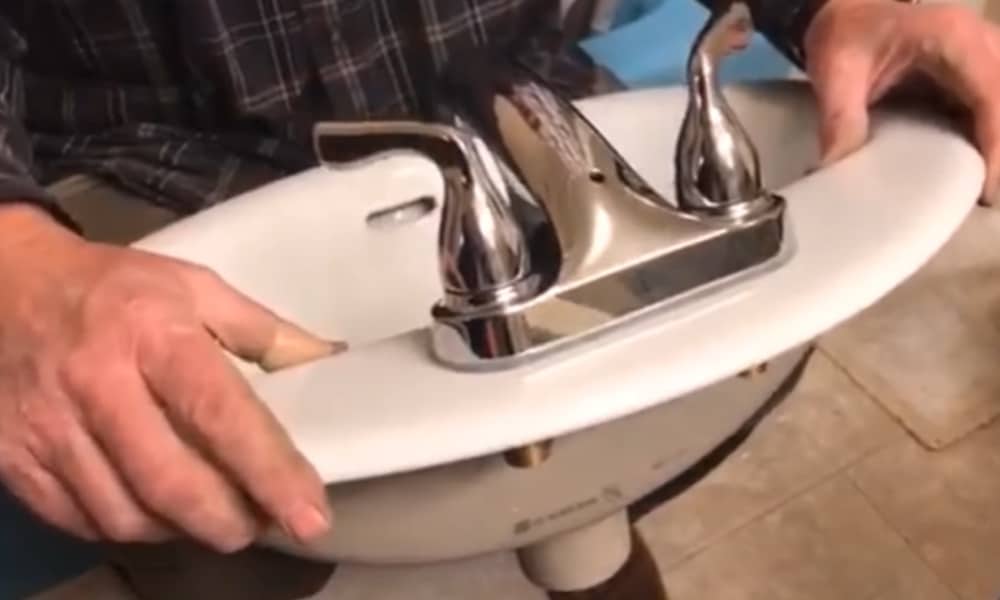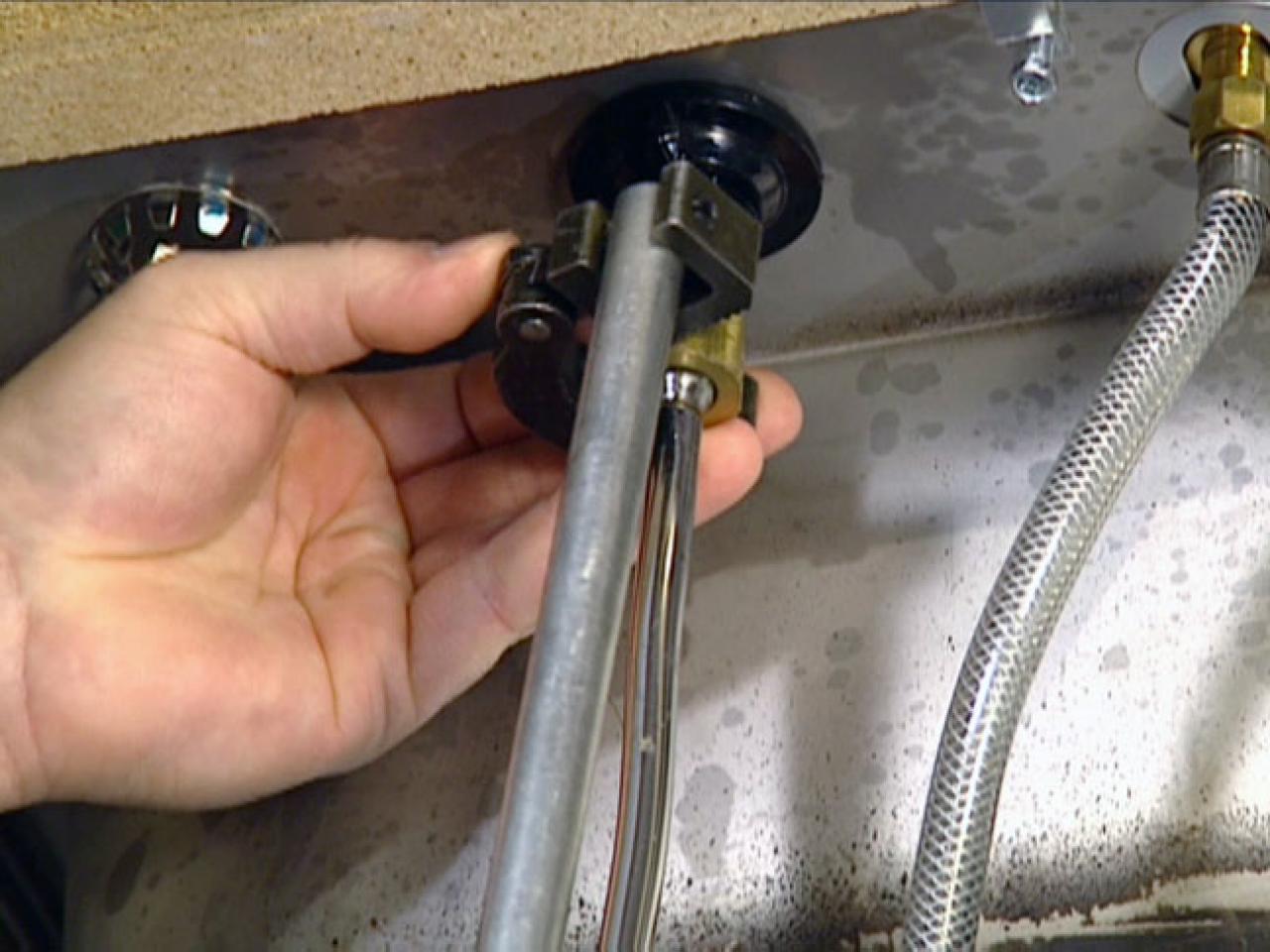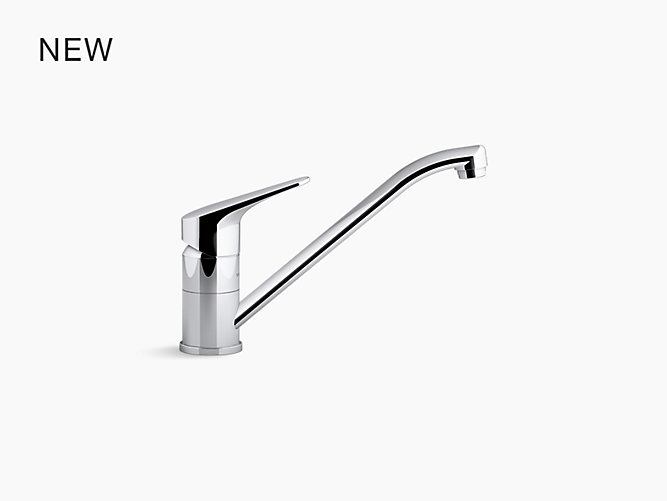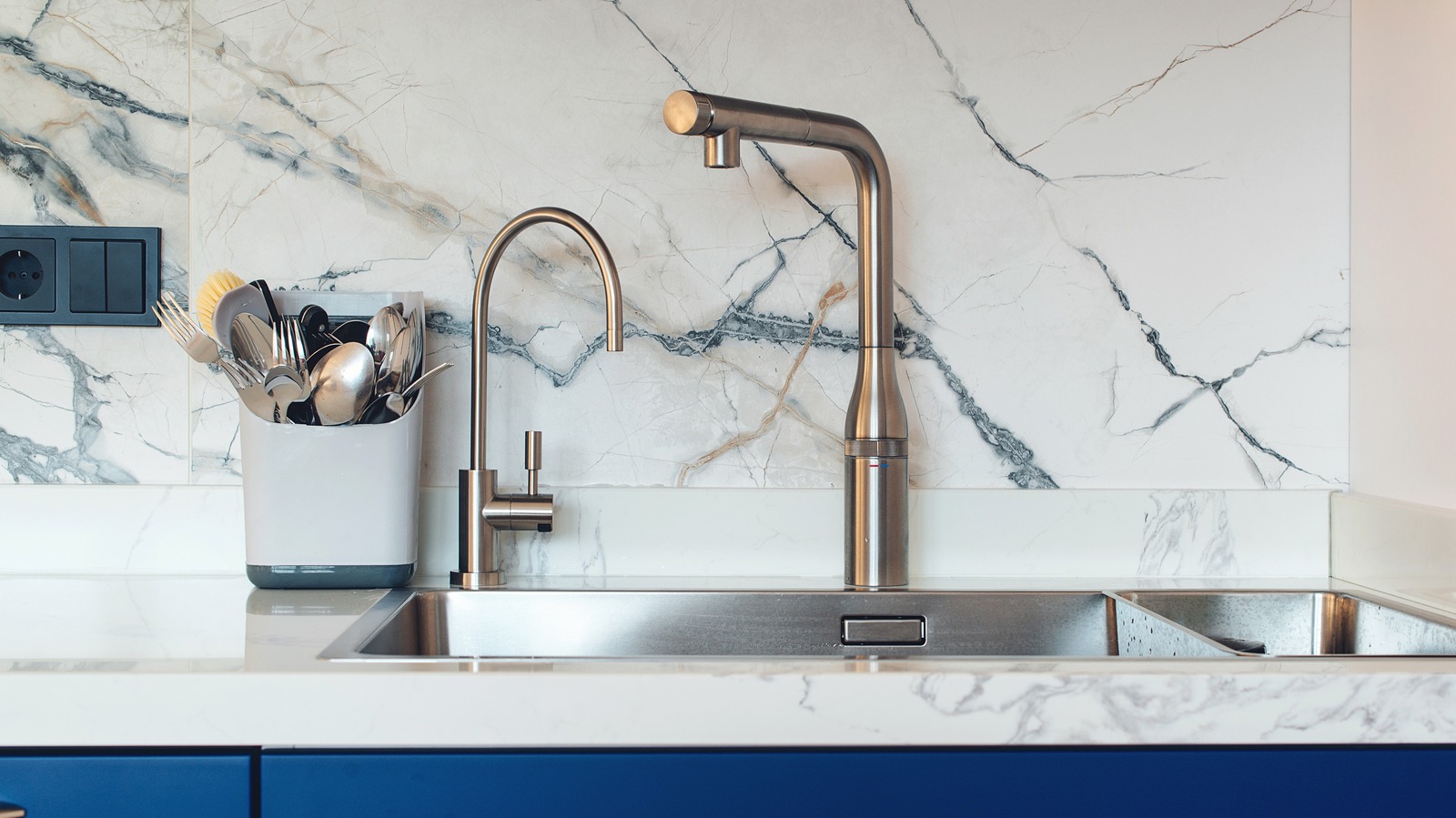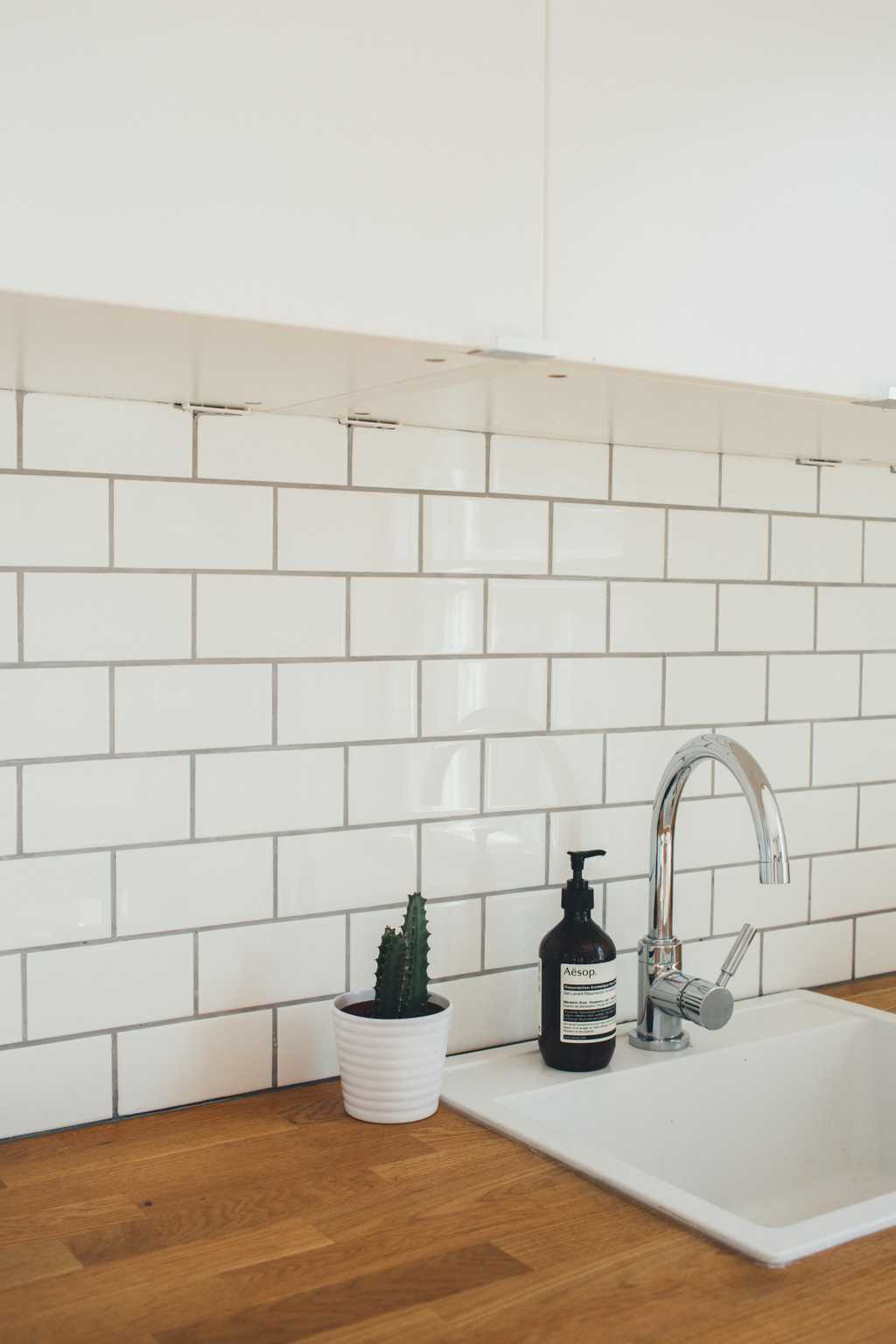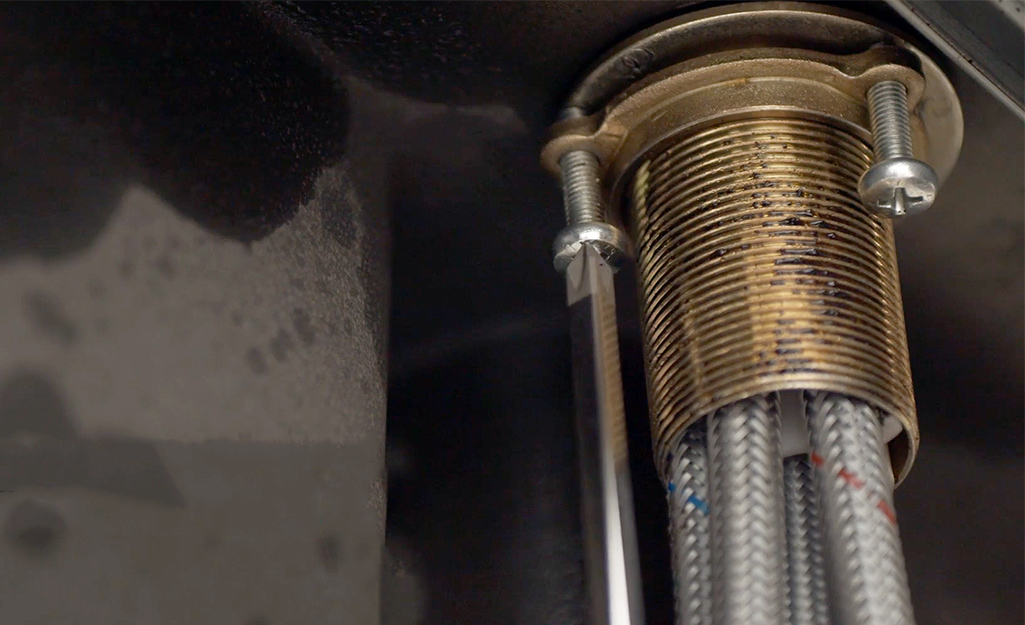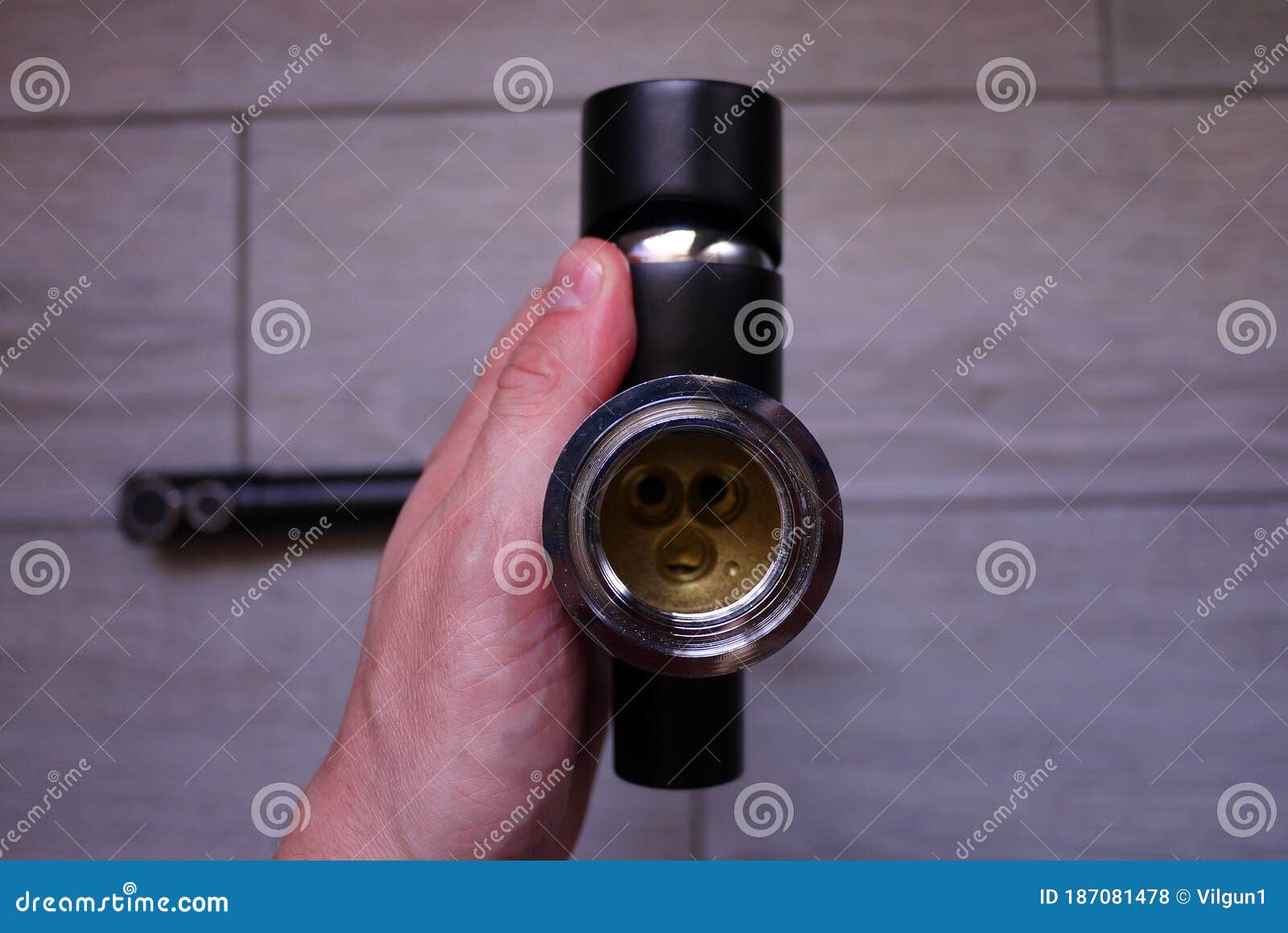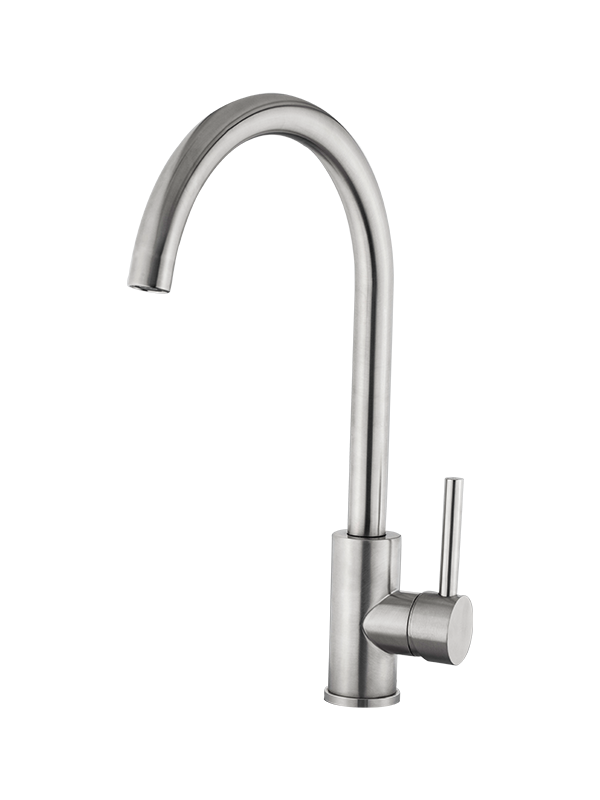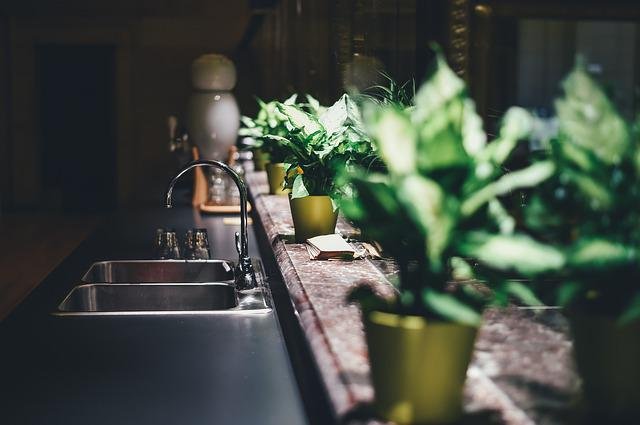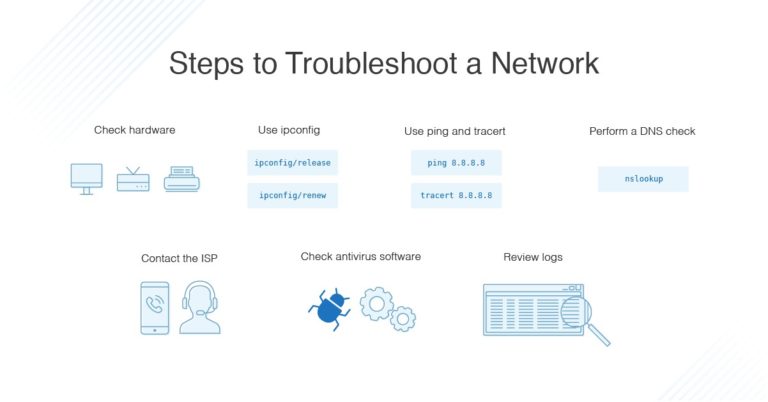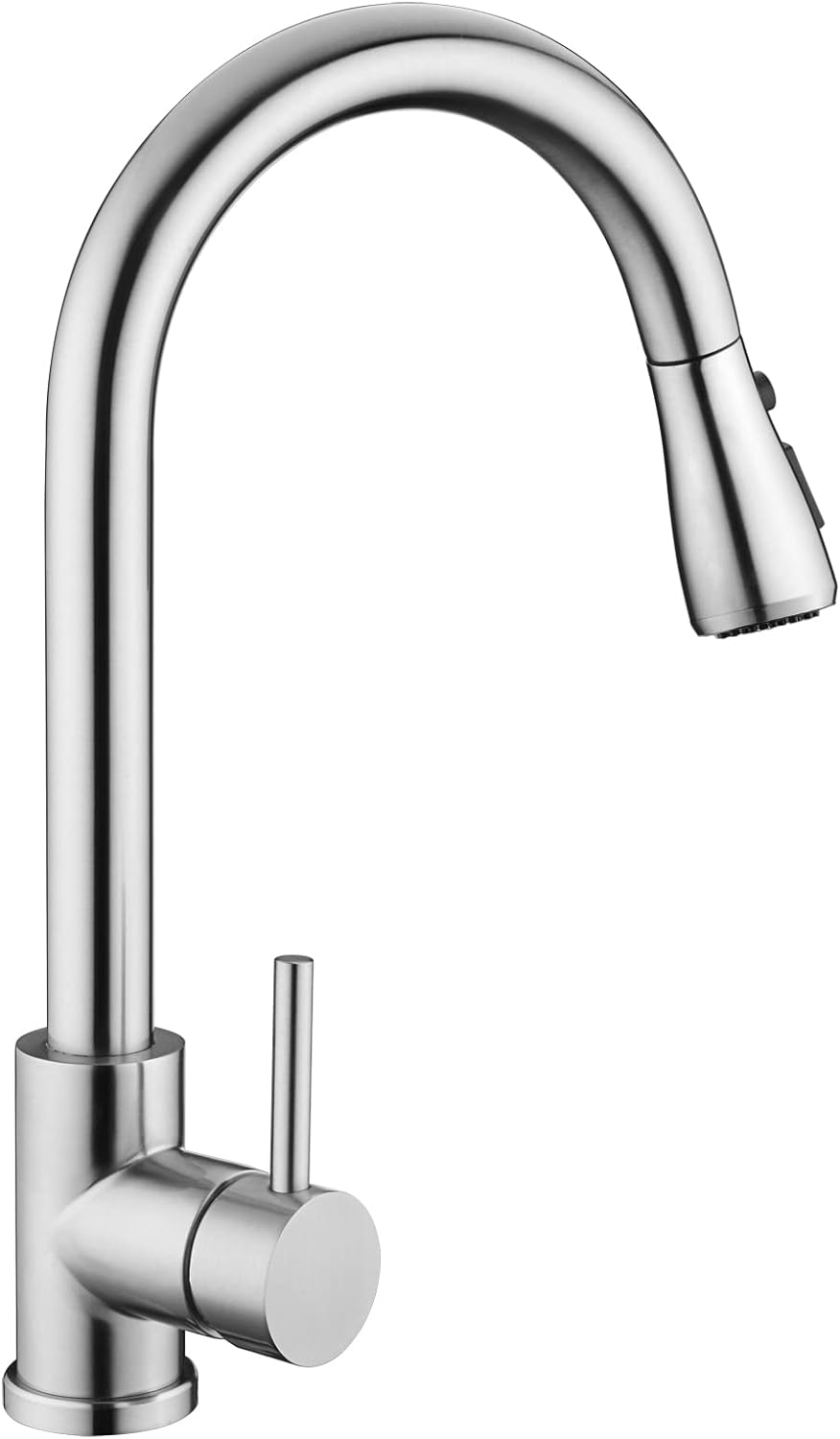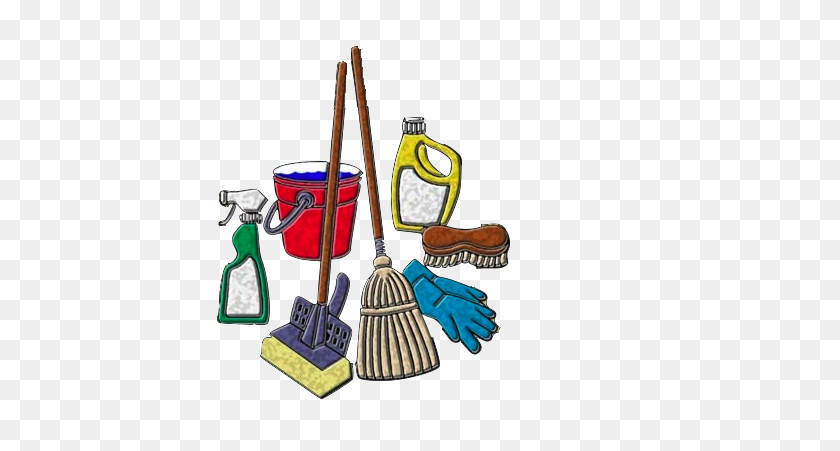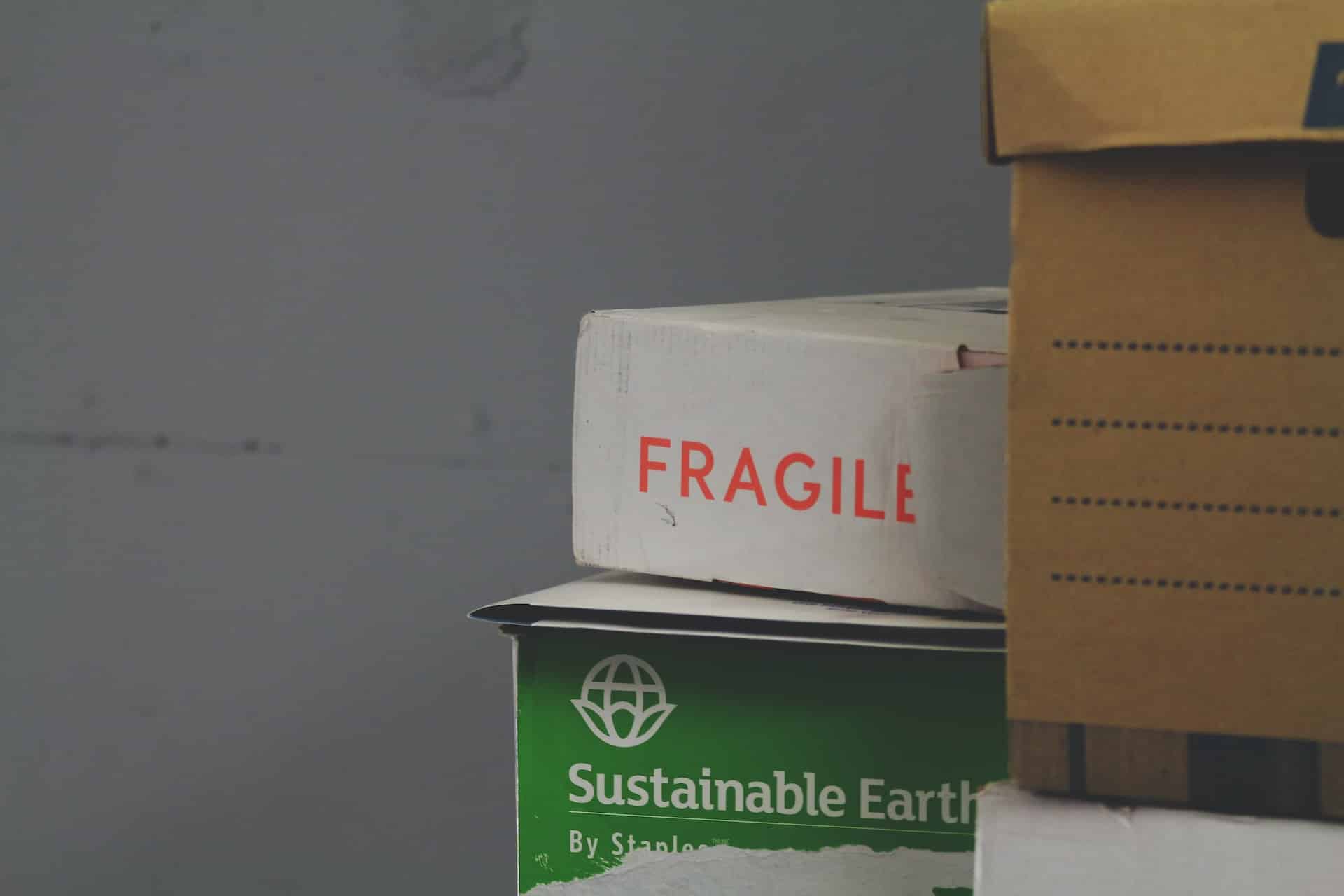1. How to Install a Kitchen Sink Faucet
Are you looking to update your kitchen sink faucet? Installing a new faucet can be a great way to enhance the overall look and functionality of your kitchen. But if you've never done it before, the process can seem daunting. Luckily, with the right tools and knowledge, installing a kitchen sink faucet can be a simple and rewarding DIY project.
2. Step-by-Step Guide for Installing a Kitchen Sink Faucet
Before you begin, make sure you have all the necessary tools and materials. This may include a new faucet, adjustable wrench, pliers, plumber's putty, and Teflon tape. Once you have everything, follow these steps:
Step 1: Shut off the water supply to your sink. This can usually be done by turning off the valves under the sink.
Step 2: Remove the old faucet by loosening the nuts holding it in place. You may need to use a wrench or pliers for this step.
Step 3: Clean the area where the new faucet will be installed. Use a mild cleaner and a rag to remove any residue or debris.
Step 4: Apply plumber's putty to the underside of the new faucet. This will help create a watertight seal.
Step 5: Place the new faucet through the hole in the sink and secure it in place with the mounting nuts.
Step 6: Connect the water supply lines to the new faucet. Make sure to use Teflon tape to ensure a tight seal.
Step 7: Turn the water supply back on and test the faucet. Look for any leaks and tighten any connections if necessary.
Step 8: Once everything is secure and working properly, clean up any excess putty or debris and enjoy your new kitchen sink faucet!
3. DIY: Installing a Kitchen Sink Faucet
If you're a handy person who enjoys tackling home improvement projects, installing a kitchen sink faucet can be a fun and rewarding DIY project. Not only will you save money by doing it yourself, but you'll also have the satisfaction of knowing you accomplished the task on your own.
Just remember to carefully read and follow the instructions that come with your faucet, and don't be afraid to ask for help if you need it.
4. Tips for Installing a Kitchen Sink Faucet
Here are a few tips to keep in mind when installing a kitchen sink faucet:
• Make sure to turn off the water supply before beginning the installation process.
• Use a towel or cloth to protect your sink from scratches while working.
• Follow the manufacturer's instructions carefully for the best results.
• Don't overtighten any connections or you may risk damaging the faucet or causing leaks.
5. Common Mistakes to Avoid When Installing a Kitchen Sink Faucet
While installing a kitchen sink faucet may seem like a straightforward task, there are some common mistakes that can easily be made. These include:
• Forgetting to turn off the water supply before removing the old faucet, leading to a mess and potential water damage.
• Not using the correct tools for the job, which can result in damaged parts or an improperly installed faucet.
• Not properly securing the faucet, which can lead to leaks and a wobbly faucet.
• Rushing through the installation process and not following the instructions carefully.
• Not cleaning the area properly before installing the new faucet, which can affect the seal and cause leaks.
6. Tools You'll Need for Installing a Kitchen Sink Faucet
As mentioned, it's important to have the right tools for the job when installing a kitchen sink faucet. Here are the tools you'll likely need:
• Adjustable wrench
• Pliers
• Plumber's putty
• Teflon tape
• Screwdriver
• Rag or towel
7. How to Remove and Replace a Kitchen Sink Faucet
If you're looking to replace an old or broken kitchen sink faucet, the process is fairly similar to installing a new one. The main difference is that you'll need to remove the old faucet before installing the new one. Follow these steps:
Step 1: Shut off the water supply to your sink.
Step 2: Use a wrench or pliers to loosen and remove the nuts holding the old faucet in place.
Step 3: Lift the old faucet out of the sink.
Step 4: Clean the area where the new faucet will be installed.
Step 5: Follow the steps outlined in the "Step-by-Step Guide for Installing a Kitchen Sink Faucet" section above to install the new faucet.
8. Installing a Kitchen Sink Faucet: What You Need to Know
While installing a kitchen sink faucet may seem like a simple task, there are a few things you should know before diving in:
• Different faucets may have different installation processes, so make sure to carefully read and follow the instructions for your specific faucet.
• It's important to properly shut off the water supply before beginning the installation to avoid any potential water damage.
• If you're not confident in your DIY skills, it may be best to hire a professional to install your faucet to ensure it's done correctly.
9. Troubleshooting Common Issues When Installing a Kitchen Sink Faucet
Even with proper installation, issues with kitchen sink faucets can still arise. Here are a few common issues and how to troubleshoot them:
• Leaks: If you notice leaks coming from your faucet, make sure all connections are tight and that you used plumber's putty and Teflon tape as directed.
• Low water pressure: This could be caused by a clogged aerator. Simply unscrew the aerator from the faucet and clean out any debris before reattaching it.
• Wobbly faucet: If your faucet feels loose, check to make sure all connections are tight and that the faucet is properly secured.
10. The Benefits of Hiring a Professional for Installing a Kitchen Sink Faucet
While installing a kitchen sink faucet can be a rewarding DIY project, there are also benefits to hiring a professional for the job:
• Saves time: A professional can likely install a faucet much quicker than someone who has never done it before.
• Peace of mind: Hiring a professional can give you peace of mind knowing that the job is being done correctly.
• No need to buy tools: If you don't have the necessary tools, hiring a professional means you won't have to purchase them.
• Warranty: Many professionals offer a warranty on their work, so if any issues arise, they can be addressed at no additional cost to you.
In conclusion, installing a kitchen sink faucet may seem like a daunting task, but with the right tools and knowledge, it can be a simple and rewarding project. Just remember to follow the instructions carefully, avoid common mistakes, and don't be afraid to seek professional help if needed. With a new faucet in place, you can enjoy a refreshed and functional kitchen space.
Why Choose a High-Quality Kitchen Sink Faucet

Enhances Your Kitchen's Aesthetic Appeal
 When it comes to designing your dream kitchen, every detail counts. From the cabinets to the countertops, every element contributes to the overall aesthetic appeal of the space. This is where choosing a high-quality kitchen sink faucet comes into play. Not only does it serve as a functional fixture, but it also adds style and elegance to your kitchen. With a variety of sleek and modern designs to choose from, you can find a faucet that perfectly complements your kitchen's design and elevates its overall look.
When it comes to designing your dream kitchen, every detail counts. From the cabinets to the countertops, every element contributes to the overall aesthetic appeal of the space. This is where choosing a high-quality kitchen sink faucet comes into play. Not only does it serve as a functional fixture, but it also adds style and elegance to your kitchen. With a variety of sleek and modern designs to choose from, you can find a faucet that perfectly complements your kitchen's design and elevates its overall look.
Durable and Long-Lasting
 Investing in a high-quality kitchen sink faucet means you are investing in durability and longevity. These faucets are built to withstand daily use and the wear and tear of a busy kitchen. They are made from high-quality materials such as stainless steel or brass, which are known for their strength and durability. This means you won't have to worry about constantly replacing your faucet or dealing with leaks and other plumbing issues. A high-quality faucet can save you time, money, and stress in the long run.
Investing in a high-quality kitchen sink faucet means you are investing in durability and longevity. These faucets are built to withstand daily use and the wear and tear of a busy kitchen. They are made from high-quality materials such as stainless steel or brass, which are known for their strength and durability. This means you won't have to worry about constantly replacing your faucet or dealing with leaks and other plumbing issues. A high-quality faucet can save you time, money, and stress in the long run.
Improved Functionality
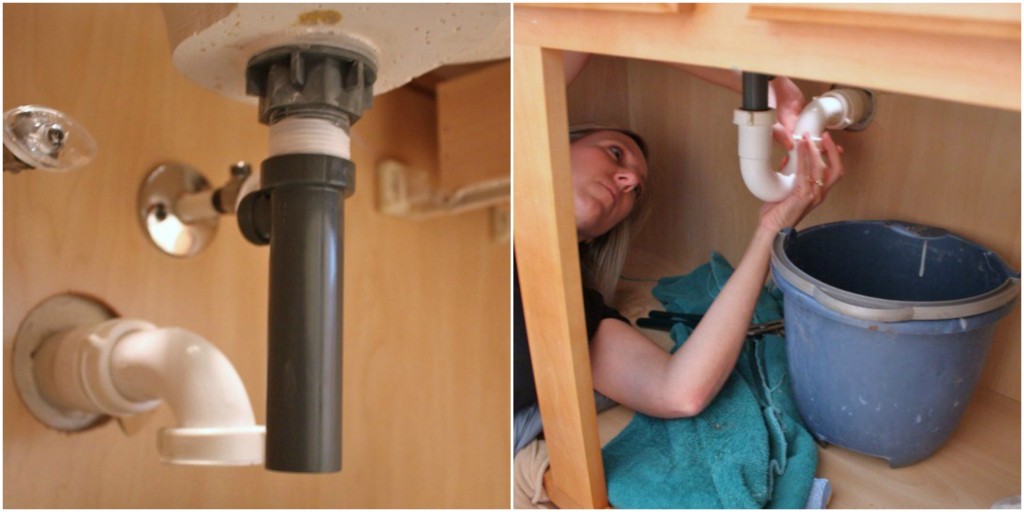 Aside from its aesthetic appeal and durability, a high-quality kitchen sink faucet also offers improved functionality. Many high-end faucets come with features such as pull-out sprayers, touchless technology, and adjustable water flow and temperature. These features make cooking and cleaning in the kitchen easier and more efficient. With a high-quality faucet, you can easily switch between tasks and have full control over the water flow, making your time in the kitchen more enjoyable.
When it comes to installing a kitchen sink faucet, it's important to choose a high-quality one that not only looks good but also offers durability and improved functionality.
By investing in a high-quality faucet, you can enhance the overall look of your kitchen, save money in the long run, and make your time in the kitchen more efficient. So, if you're looking to upgrade your kitchen's design and functionality, consider investing in a high-quality kitchen sink faucet.
Aside from its aesthetic appeal and durability, a high-quality kitchen sink faucet also offers improved functionality. Many high-end faucets come with features such as pull-out sprayers, touchless technology, and adjustable water flow and temperature. These features make cooking and cleaning in the kitchen easier and more efficient. With a high-quality faucet, you can easily switch between tasks and have full control over the water flow, making your time in the kitchen more enjoyable.
When it comes to installing a kitchen sink faucet, it's important to choose a high-quality one that not only looks good but also offers durability and improved functionality.
By investing in a high-quality faucet, you can enhance the overall look of your kitchen, save money in the long run, and make your time in the kitchen more efficient. So, if you're looking to upgrade your kitchen's design and functionality, consider investing in a high-quality kitchen sink faucet.




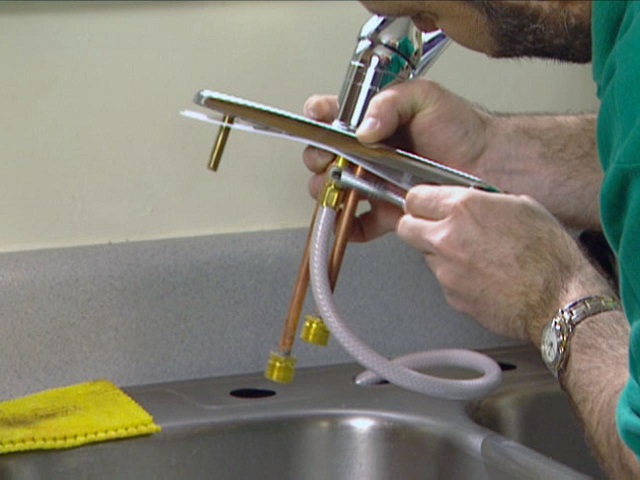

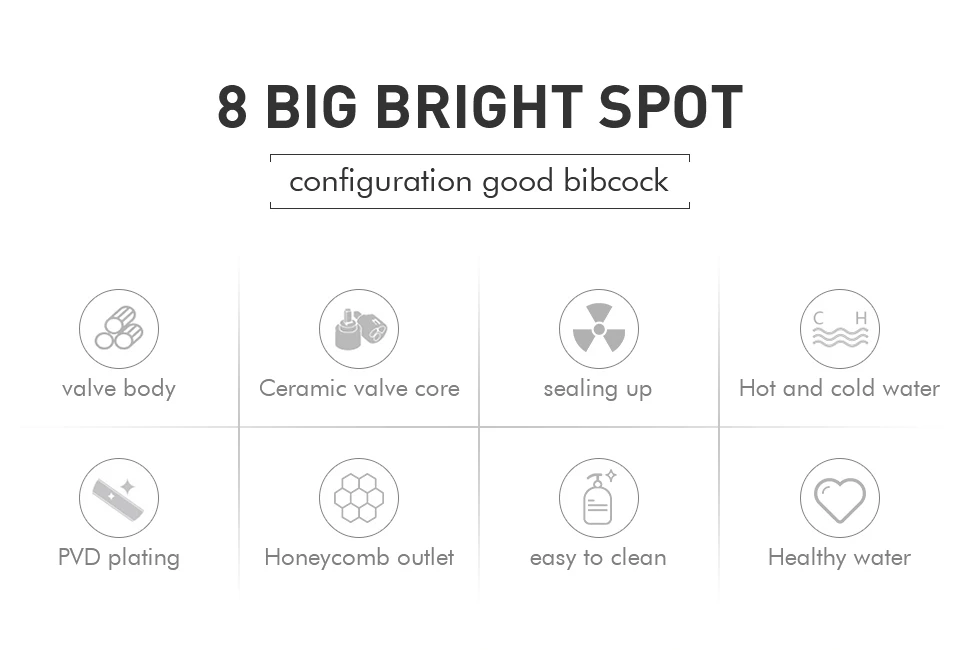





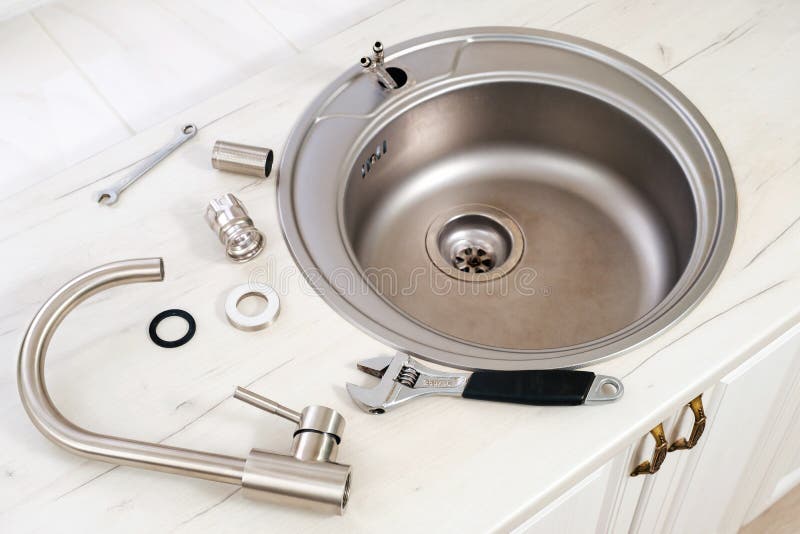
:no_upscale()/cdn.vox-cdn.com/uploads/chorus_asset/file/19495086/drain_0.jpg)



